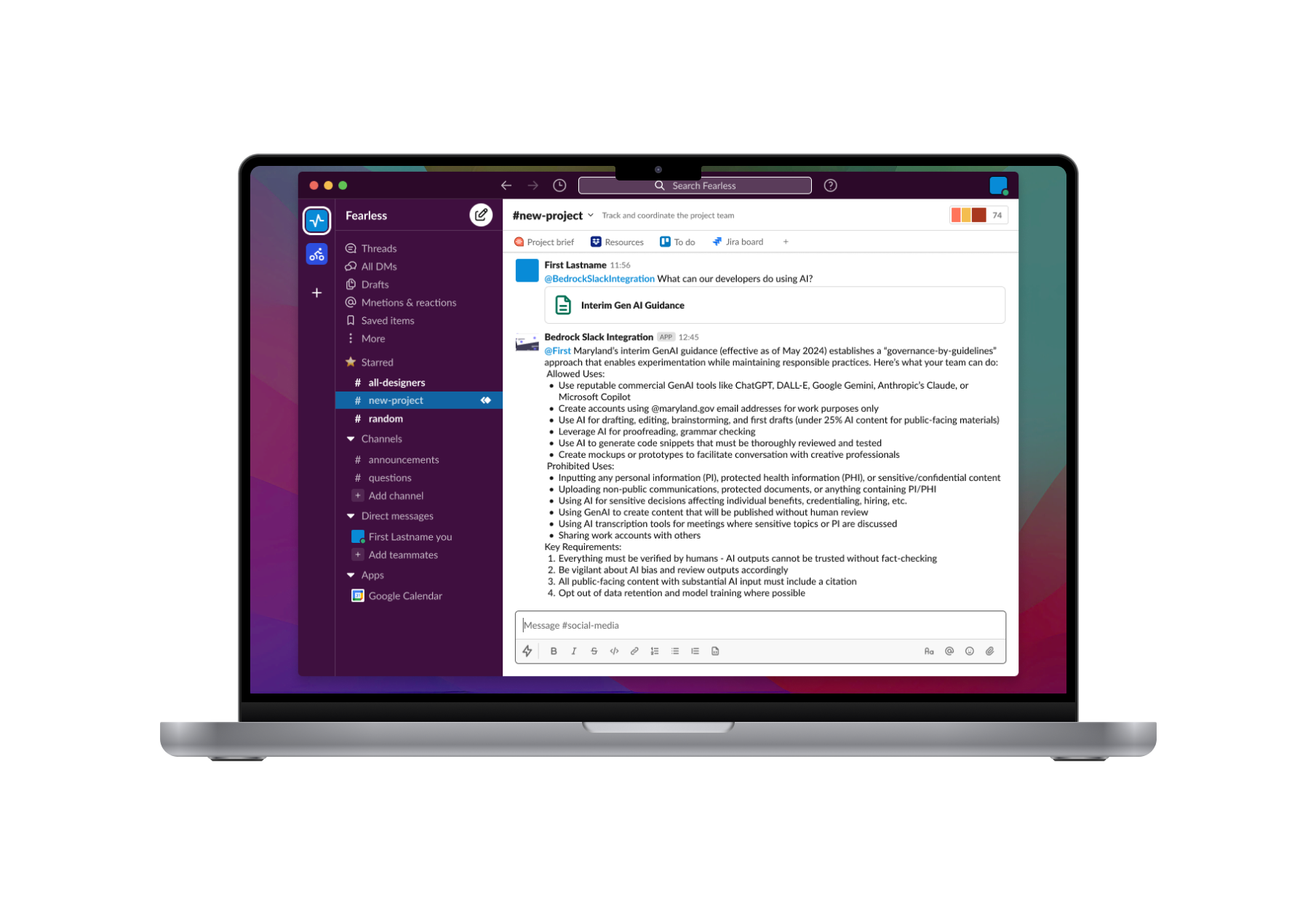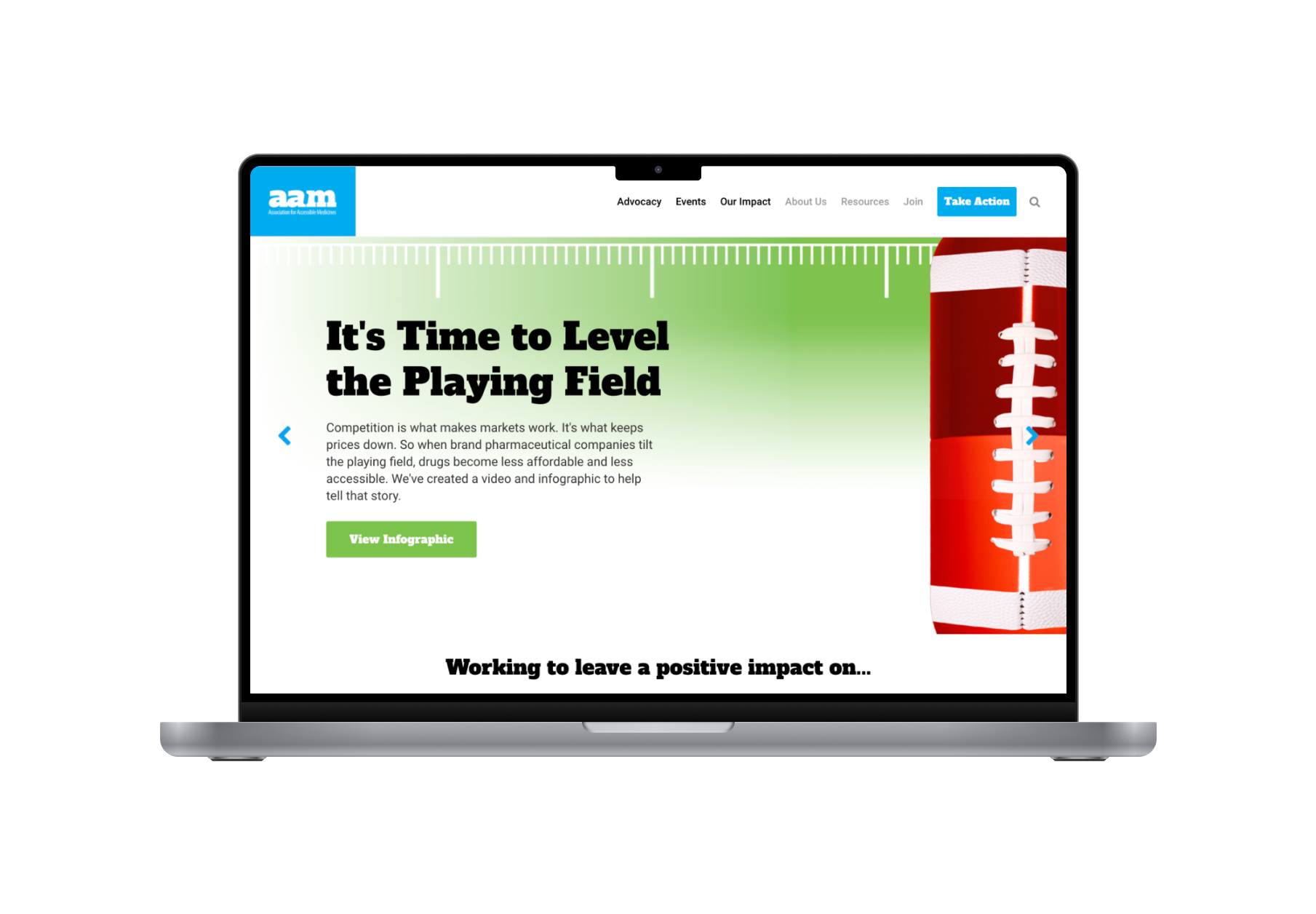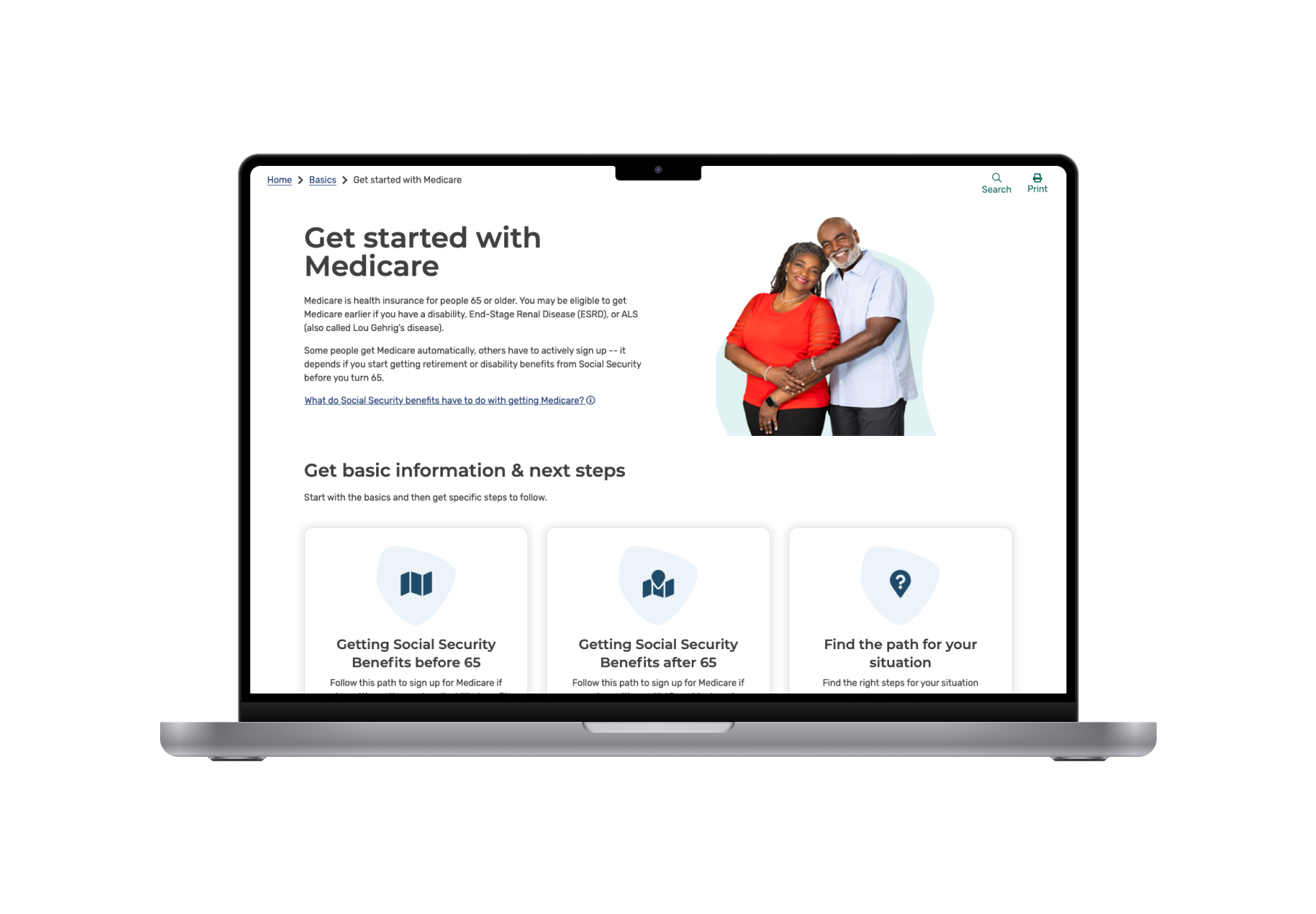Our discovery research helped us uncover our main goals around how we direct users to the content that will help them achieve their desired outcomes:
- Provide users with engaging, focused content through media
- Compelling messaging and calls to action
- Increase ability for social media sharing
- Intuitive and easy navigation through the site
Our stakeholder interviews helped us learn about their three major business goals of helping people, improving the pharmaceutical industry, and transforming society as a whole. In building our sitemap, we focused on highlighting their advocacy campaigns (society), events (industry), and patient testimonials (people).
Limited time, limited money; we needed to learn as much as we could about the business and the website quickly. no additional stakeholder contact, no user contact, but we did have a host of passive data (lagging indicators) that tell us that it's time to fix these problems that have been problems for a while.









